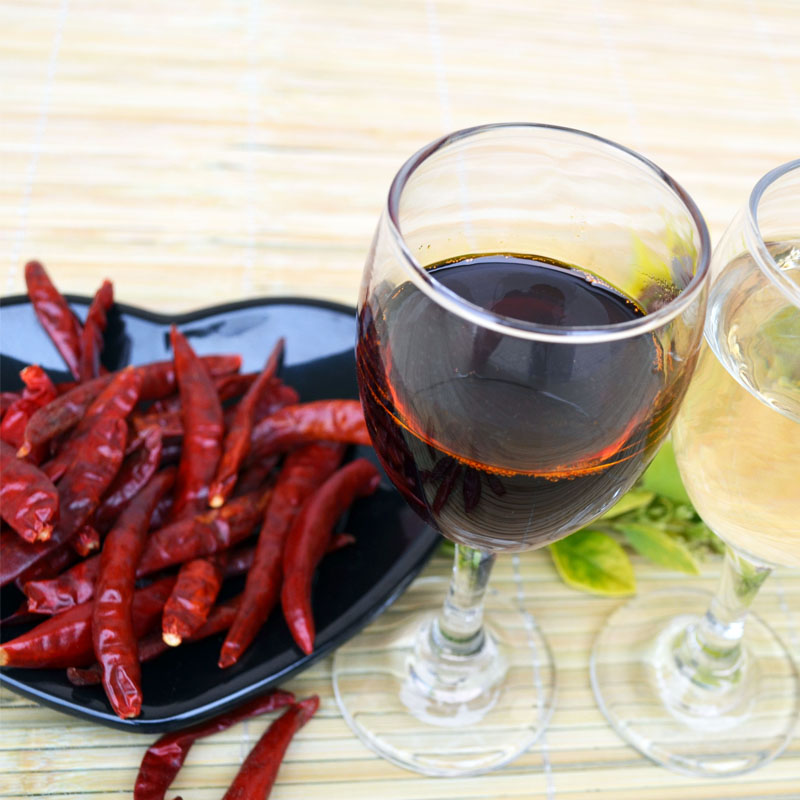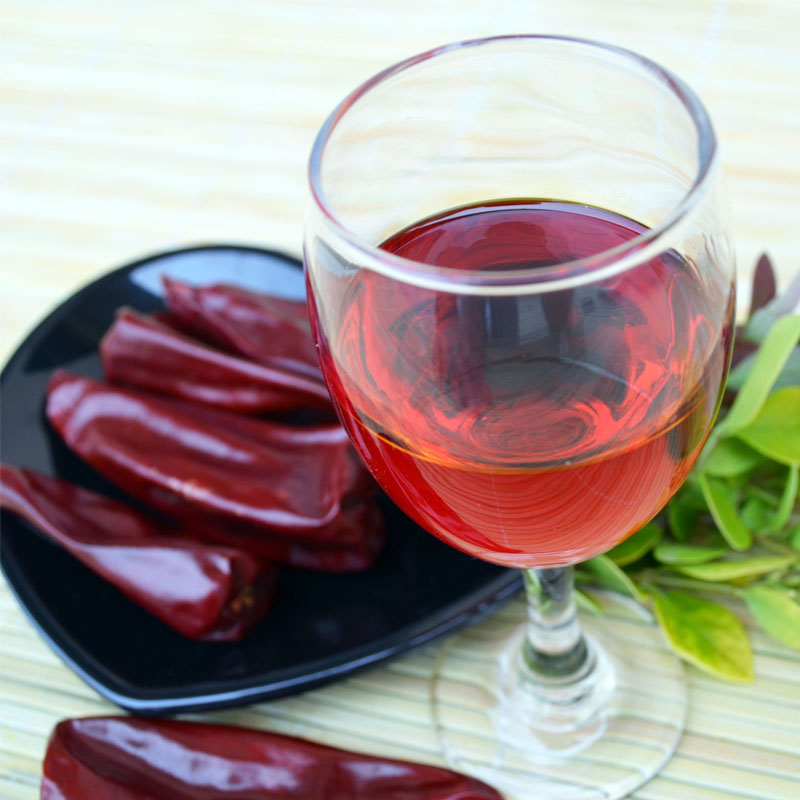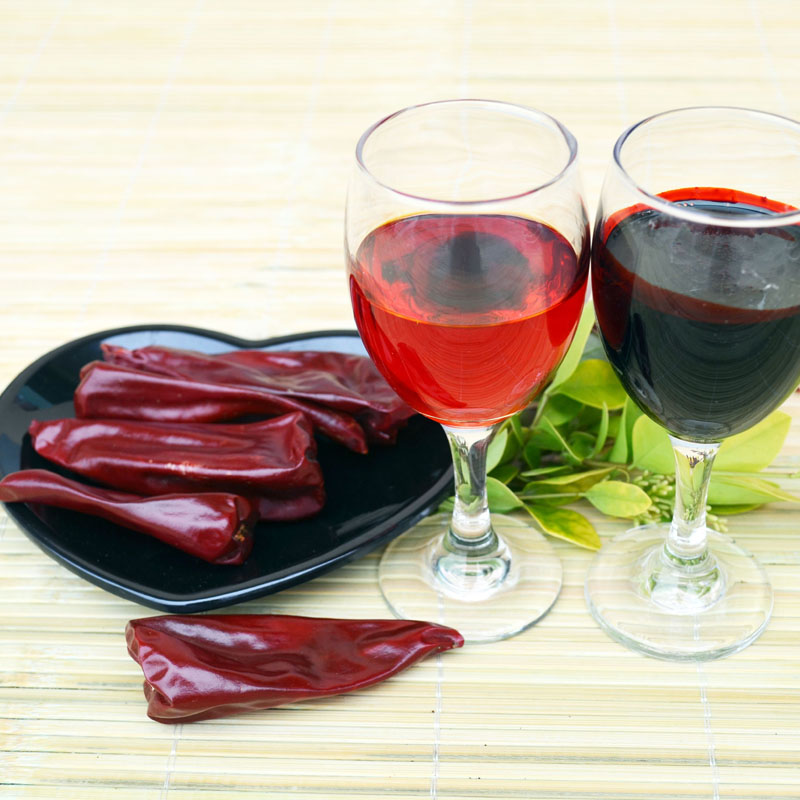- No. 268 Xianghe Street, Economic Development Zone of Xingtai city, Hebei 054001 China
- Byron@hbhongri.cn
Paprika Oleoresin for Vibrant Natural Color & Mild Heat
Paprika oleoresin for bold, stable color—without the drama
If you work in R&D, you probably learned the hard way that natural reds can be fussy. Betanin fades, anthocyanins sulk in low pH, and anything tomato-ish leans orange. That’s why Paprika oleoresin keeps showing up on spec sheets: it’s oil-soluble, friendly to heat, and—this matters—plays nicely in real processing plants.

What it is (and what it isn’t)
Paprika Oleoresin is the concentrated oil extract of Capsicum annuum/frutescens—the carotenoids (mainly capsanthin/capsorubin) packed into an easy-to-dose liquid. It’s a colorant first, a flavor note second, more warm-sweet than hot. Solvent residue? Reputable suppliers run vacuum stripping and GC checks so it complies with EU/US rules. Origin on my desk today: No. 268 Xianghe Street, Economic Development Zone of Xingtai city, Hebei 054001 China.

Industry trends (quick take)
- Clean label swapping carmine and synthetics for Paprika Oleoresin in snacks, sauces, and plant protein.
- Supercritical CO₂ extraction gaining traction for low residue and better flavor neutrality.
- Standardized ASTA color strengths (≈40–200+) for easier global spec alignment.
Typical specifications
| Parameter | Typical | Method / Note |
|---|---|---|
| Color strength (ASTA) | ≈ 80, 120, 160, 200 (standardized grades) | ASTA 20.1 spectrophotometric |
| Capsaicinoids | Low heat (≤ 500 SHU) unless customized | HPLC |
| Residual solvents | Hexane/ethanol ≤ regulatory limits | USP <467> GC |
| Heavy metals | Pb ≤ 2 ppm; As ≤ 1 ppm | ICP-MS |
| Microbiology | TPC ≤ 10³ cfu/g; Yeast/Mold ≤ 10²; Salmonella absent/25g | ISO 4833, ISO 21527, ISO 6579 |
| Shelf life | 24 months unopened at ≤ 20°C, protected from light | Real-world use may vary |

Process flow (abridged, but practical)
Raw pods → sorting/cleaning → low-temp drying → milling → solvent extraction (hexane/ethanol or SC-CO₂) → filtration → vacuum solvent removal → standardization with vegetable oil (sunflower/MCT) → polishing filtration → QC. Stability checks include heat (90°C pasteurization), light exposure, and pH interaction in emulsions.
Where it performs best
- Snack seasonings, instant noodles, and fried coatings—color doesn’t quit post-fryer.
- Meat and plant-based analogs—uniform “cooked” red without metallic notes.
- Sauces (BBQ, chili, kimchi oil), dressings, processed cheese, and pet food.
Many customers say they get faster color build with Paprika Oleoresin than beet—less weeping, cleaner label optics. To be honest, that tracks with our pilot data too.

Compliance, testing, and certifications
Paprika Oleoresin is permitted as a color additive (US 21 CFR 73.340) and recognized in the EU as E160c. Suppliers typically hold ISO 22000/FSSC 22000, HACCP, Kosher, and Halal. Batch COAs should cite ASTA color, residual solvents (USP <467>), and micro per ISO methods.
Vendor snapshot (real-world differences)
| Vendor | Color Range | Certs | Lead Time | Customization |
|---|---|---|---|---|
| Hongri (Hebei, China) | ASTA ≈ 80–200+ | FSSC 22000, Halal, Kosher | ≈ 10–20 days | Oil carrier, SHU, antioxidant pack |
| EU Distributor A | ASTA 100–160 | IFS Broker, Kosher | Stock for small lots | Limited |
| Trading House B | Varies by batch | Basic HACCP | ≈ 3–5 weeks | Minimal |
Case notes from the floor
- Plant-based sausage: switching to Paprika Oleoresin (ASTA 160, sunflower carrier) cut color fade after retort by ≈18% in 60-day shelf trials (light-protected, 4°C).
- Snack seasoning: oil-slurry preblend improved uniformity; customer reported 12% less over-application to hit target redness.

Formulation tips
- Disperse in process oil; for aqueous systems, use emulsifiers or pre-emulsified forms.
- Add antioxidants (e.g., mixed tocopherols) for longer color life, especially in light-exposed packs.
- Heat tolerant, but prolonged 120°C+ can dull chroma—dose accordingly.
References
- 21 CFR 73.340 Paprika, oleoresin (US FDA).
- EU Regulation (EC) No 1333/2008 on food additives; E160c Paprika extracts.
- EFSA Journal: Scientific opinion on the re-evaluation of paprika extracts (E 160c).
- JECFA Monograph: Paprika extract (capsanthin/capsorubin) specifications.
- ASTA Method 20.1: Spectrophotometric Determination of Color of Capsicum.
- USP <467> Residual Solvents; ISO 4833/21527/6579 microbiology standards.
-
Capsicum frutescens oleoresin – High Purity, Food GradeNewsNov.17,2025
-
Capsicum Frutescens Oleoresin – Natural Heat & FlavorNewsNov.17,2025
-
Peppereka Powder – Fresh, Vibrant Color & Sweet AromaNewsNov.17,2025
-
Paprika Oleoresin | Natural Red Color, Heat & Flavor BoostNewsNov.17,2025
-
Pure Turmeric Extract 95% Curcumin | Potent, Lab-TestedNewsNov.17,2025
-
Red Papper Pods – Premium Sun-Dried, Bold Heat & AromaNewsNov.10,2025







